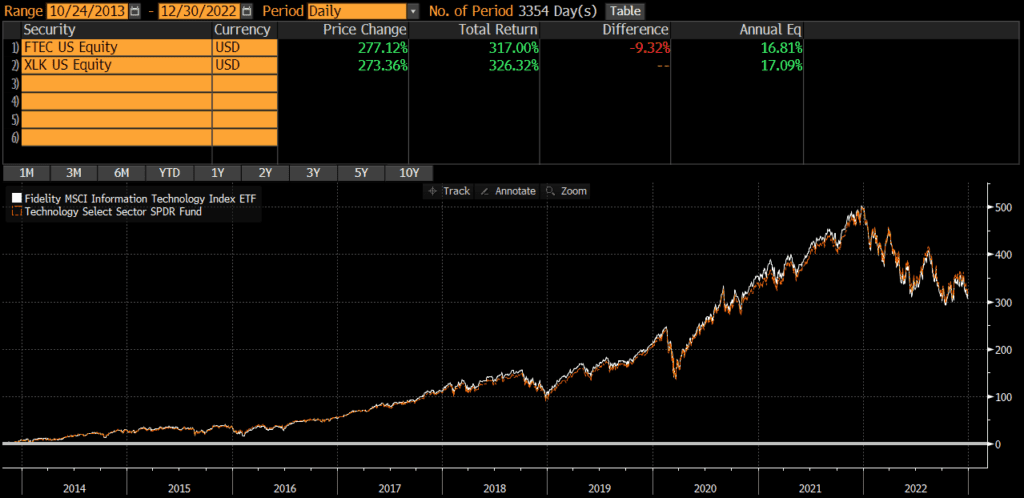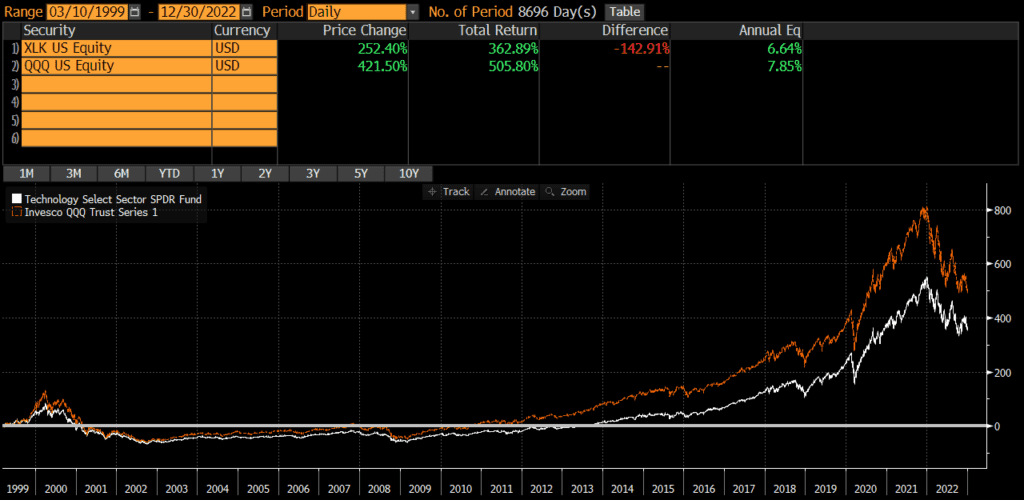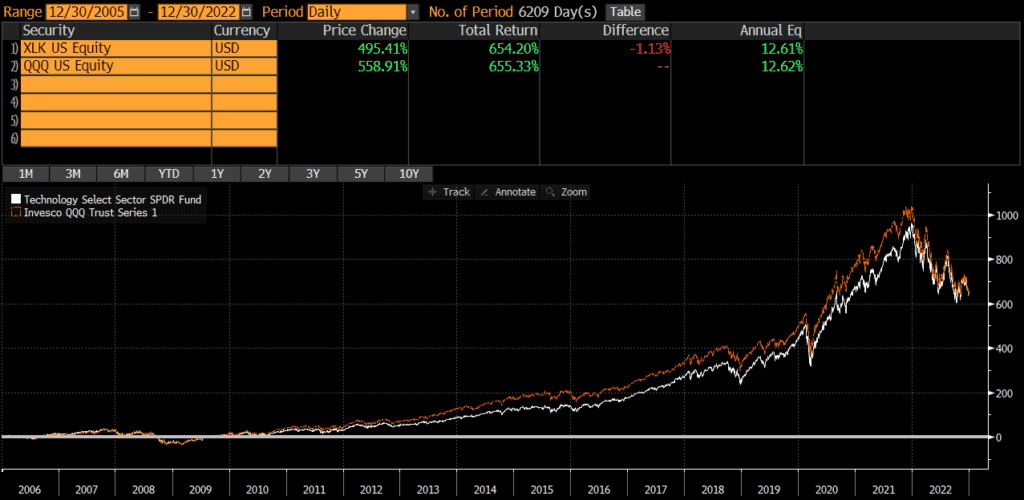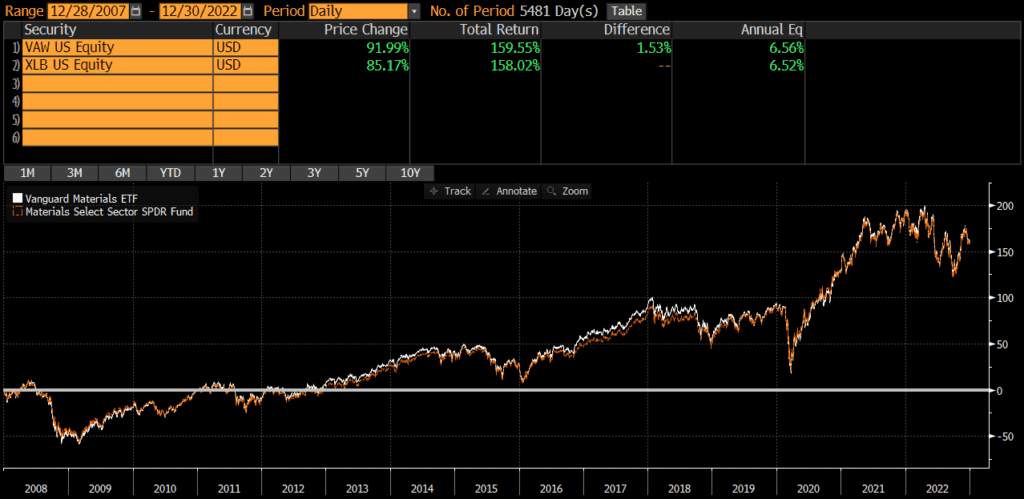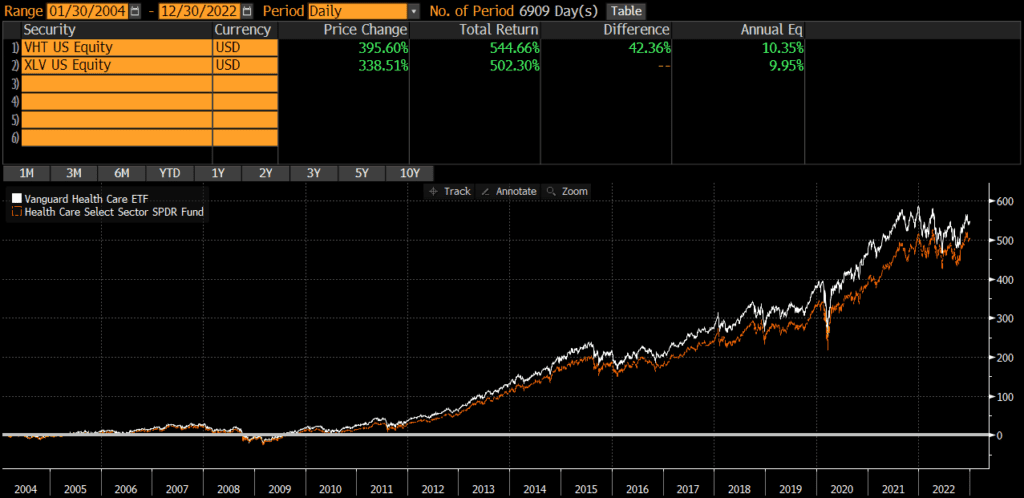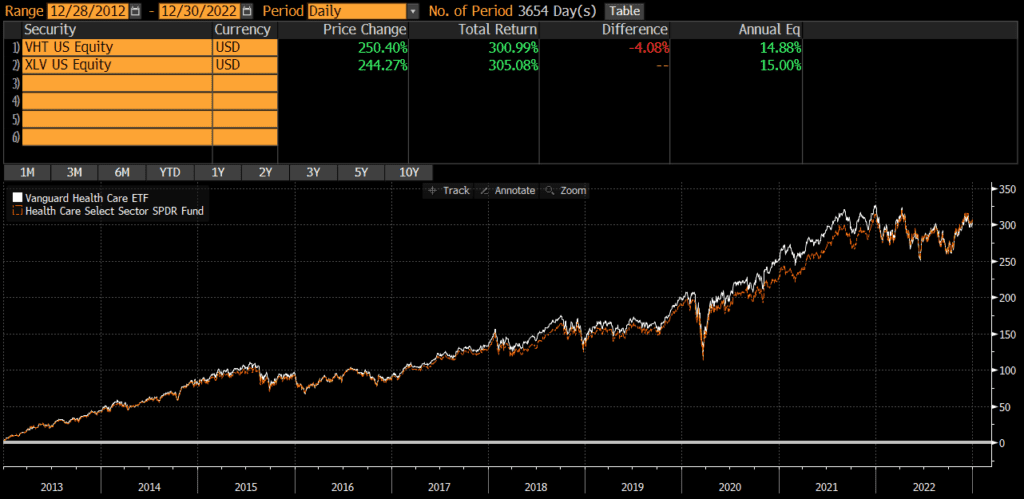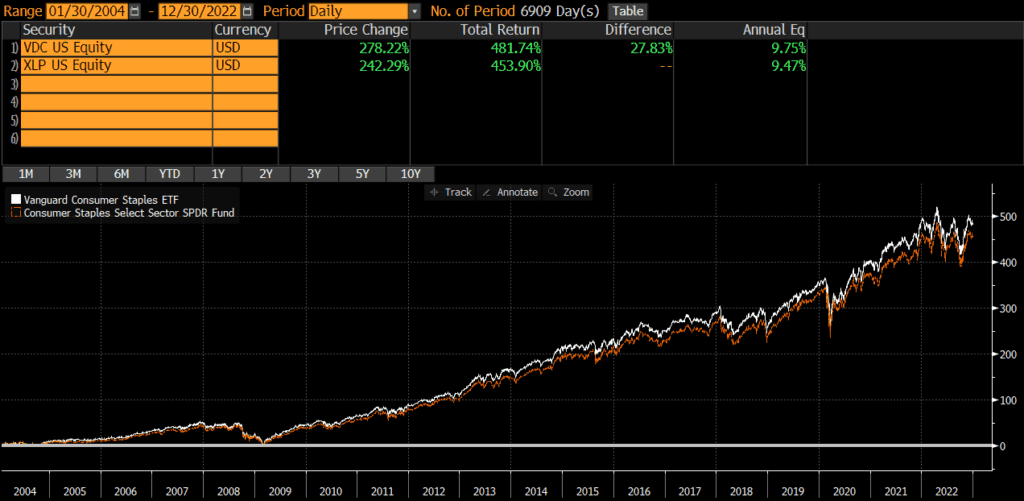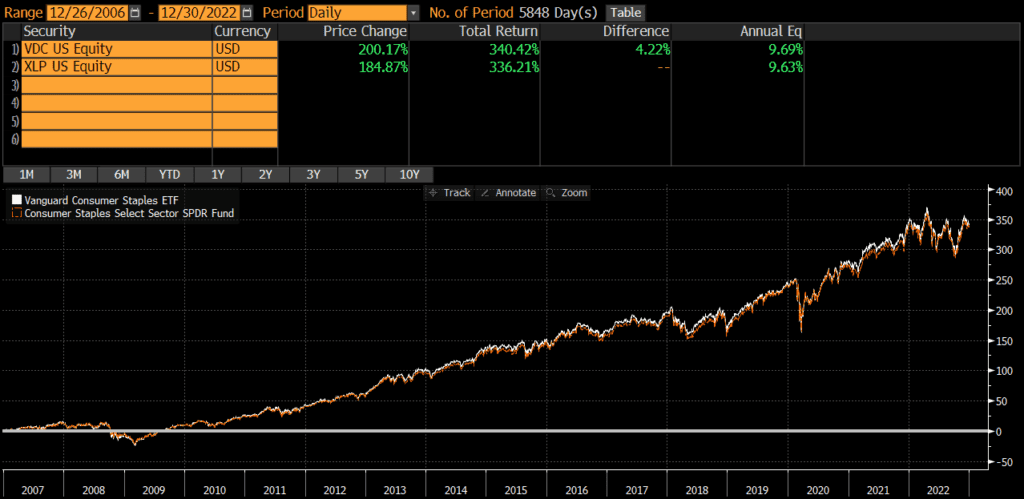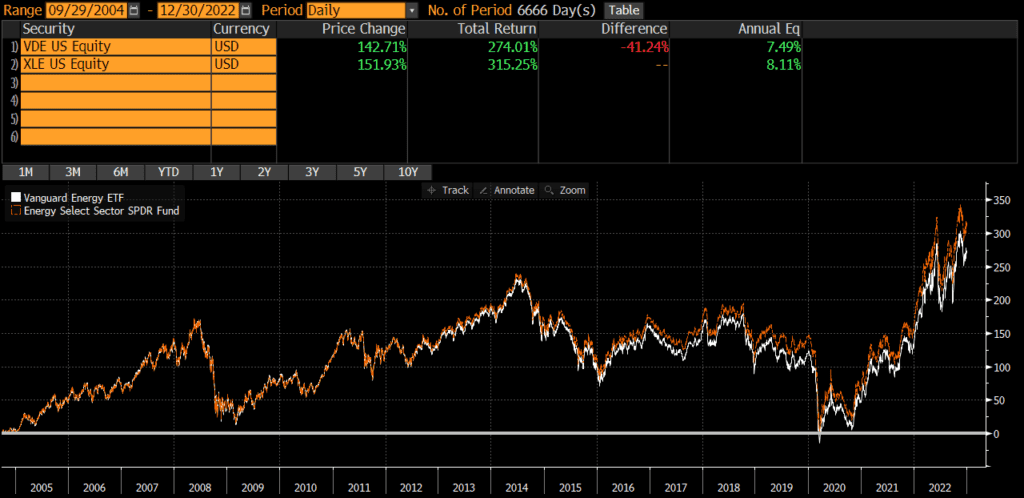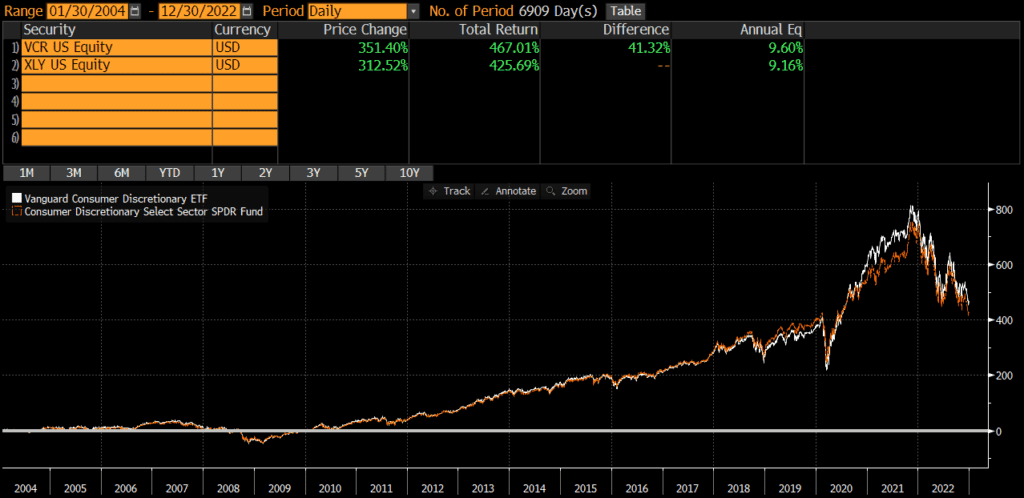Hard Money Investor Due Diligence
Investing in hard money loans can be attractive, but many individual investors may have no idea where to start or what questions to ask. Asking questions and getting information before an investment is made is important for private investments because they cannot be sold as easily as stocks or bonds (which can be sold with a few clicks generally). Below are some basic due diligence items that I ask hard money lenders for before deciding whether to invest or not. My personal preference is to invest in hard money loan funds rather than individual loans, so the below is oriented towards funds although many of the topics may apply to individuals loans as well.
I work with a handful of hard money lending funds and they’re all different. Different risk profiles, geographies, portfolio compositions, and so on. There are no right/wrong answers necessarily. The purpose of the below questions is to either very information or better understand a hard money lender or fund.
Hard Money Fund Composition
Property Type & Loan Type
Different property types have different risk and return profiles. Typically, funds loan against multifamily, commercial, industrial, retail, and office, although land or other esoteric property types are out there.
It is equally important to understand what types of debt are being used. Bridge loans, fix-and-flip, value add, and lines of credit are common. Understanding why a fund’s borrowers use hard money is also a good data point.
LTV
One of the most basic data points that investors should evaluate is loan-to-value (LTV), which is a percentage calculated as the loan amount divided by the value of the property.
CLTV
In addition to LTV, investors should also inquire about the combined loan-to-value (CLTV), which is a percentage calculated as the balance of all loans divided by the value of the property.
First Liens vs Second Liens
Properties can be financed in a number of ways, so hard money lenders and investor need to understand a property’s capital structure (or cap stack). Common equity is typically most junior, meaning that common equity will absorb losses first. Debt in a first lien position is generally the most senior, which means that it will take losses last. Some properties have multiple mortgages and so some debt sits in the second line position. Second position generally sits above equity, but below first lien position. Some hard money investors hate second lien positions and won’t touch them. I’m comfortable with second liens if the CLTV is low enough (and even more so if there are appropriate intercreditor agreements in place).
Geography
Geography is important to understand from a concentration or diversification perspective. Diversification is often desirable, but not if it comes at the expense of a lender operating outside their region of expertise. I’m not too particular about diversification across states, although it is important to know whether loans are in judicial or non-judicial states.
Fixed or Floating
Loans come in all shapes and size, some fixed rate, some floating rate, some fixed rate for a period followed by floating rate after a certain date. Understanding a lender’s loan terms and the portfolio composition of fixed- and floating-rate may help hard money investors model what returns might look like in various rate and spread scenarios. Read my recent post on hard money investing in different rate environments.
Loan Size
What is the average loan size? How does that compare to the overall portfolio? Is that number growing, staying steady, or something else? The thing I’d watch for here are big swings in loan size depending on fund growth. In my view, its better to have a consistent loan size rather that doing too many different types of deals or being forced to do larger deals because the fund is growing.
Hard Money Lending Process
Sourcing & Conflicts/Costs
How are loans sourced? Internally, through a broker network, a combination of both? Who is compensated for making loans and how much? Do any of the compensation arrangements represent a conflict of interest with the fund investors?
Legal Review of Loan Documents
Not all funds have this, but it is nice to see when a lender/fund has counsel review each and every loan document.
Defaults, Foreclosures, and REOs
One of the most important aspects to understand about a fund are the delinquency, default, and foreclosure rates. Ask how delinquency is and has been handled in the past; ask the same for defaults and foreclosures. Sometimes lenders do foreclose on properties and have “real estate owned” (REO) on their balance sheet. How many loans gone through the foreclosure process and become REOs and how have those REOs performed?
Investment Committee
Who sits on the investment committee and makes decisions about whether or not to fund loans? What are their incentives and compensation structured? Is anyone from the origination side of the business on the investment committee (this would generally be a negative)?
Hard Money Fund Terms
Liquidity Features & Lockup
Many funds have lock-ups, ranging from 30-90 days on the short-end to a couple of years on the long-end. A one year lockup seems to be an industry standard in my experience. The lockup could be a hard lock, meaning no redemptions are allowed before the lockup expires, or a soft lock where early redemptions are allowed subject to a penalty.
Fees & Compensation
Beyond interest, many lending funds charge origination fees and/or points to borrowers. It is important to understand whether 100% of the economics are going to the fund or whether non-interest income is being shared with the lender/manager and in what proportions.
Investor Qualification
Many funds accept accept “accredited investors,” but some may require investors to be qualified clients or qualified purchasers. Read our primer on investor qualifications to learn more.
Hard Money Tax Considerations
K-1 Reporting & Sub-REIT
Different funds report income differently for tax purposes. Some funds report income in Box 1 of the Form K-1 (which is not necessarily subject to the 3.8% net investment income tax [NIIT]). In my experience though, most funds report income in Box 6a of the Form K-1. Furthermore, most of these funds have elected to be taxed as a REIT (or established a “sub-REIT” which is subsidiary entity that holds the loans and elects to taxed as a REIT). The benefit of electing REIT status is that investors can claim a 20% 199a QBI (qualified business income) deduction; in other words, investors are only taxed on 80% of the income. There are non-tax considerations and risks of claiming REIT status too.
UBTI
It is important to know whether a fund is expected to generate Unrelated Business Taxable Income (UBTI). If UBTI is not expected, then investing through a tax-advantaged account (such as an IRA or 401k) is fine. However, I would avoid investing in hard money loans via a tax-advantaged account if UBTI is expected, since the income would be subject to Unrelated Business Income Tax (UBIT, a similar sounding acronym) which uses onerous trust tax rate schedule. Personally, I don’t want to ever file a tax return on behalf of my IRA or 401k (nor pay tax out of them).
Other Hard Money Due Diligence Items
AUM & Capacity
It is always helpful to know how much assets under management (AUM) a fund has. As a hard money investor, I like to see sufficient scale and know that my allocation will not be a disproportionately large part of the fund. It is also important to understand how much capacity the fund has. The lender and fund manager needs to balance the supply of capital coming in with the demand for loans. I usually just ask, “How much capital can you accept this month?” The answer may vary over time, but it is helpful to understand the supply/demand dynamics of the fund. Too little capital and the fund cannot make loans, too much capital and cash drag will decrease hard money investor returns.
Service Providers
I attempt to speak with the funds service providers. Administration is sometimes done in-house, but third-party administrators are generally happy to talk about fund processes and so forth. Legal counsel is important to independently verify. The same goes for fund auditors, although I find them generally less willing to speak or disclose information (and sometimes they requires pages and pages of forms in order to share very little). For auditors, investors often have to settle for whatever they can get.
Background Research
Some basic internet research is foundational and I’m sometimes surprised by what I can find with some quick google searches. That being said, I typically order a a background check before investing with any hard money lending fund too. There are a lot of services that will pull court records and data for less than $50, while a report from a private investigator may cost $500 to $1,000 or more.
Verify loans and amounts
One of the nice things about real estate is that most transactions and loan documents are publicly recorded with the county. I typically ask for a list of all loans in a portfolio and then will research a cross-section of those loans. I will go to each county’s website (pay the nominal fees if needed) and pull the loan documents on file to verify the existence of the loan, the entities involved, and verify the amounts. It is not always clear (especially if the loan structure is more complex and involves multiple entities, properties, etc.), but the manager should be able to answer any questions that come up. And if not, then time to walk away.
100% Transparency
I have a rule that I will not allocate capital to any sponsor or manager does not provide information that I request. Of course, the requests for information have to be reasonable for the fund as well as the size of the investment and some funds will require an NDA before providing the requested information. Yet, as an investor, it it is important to have 100% transparency.

